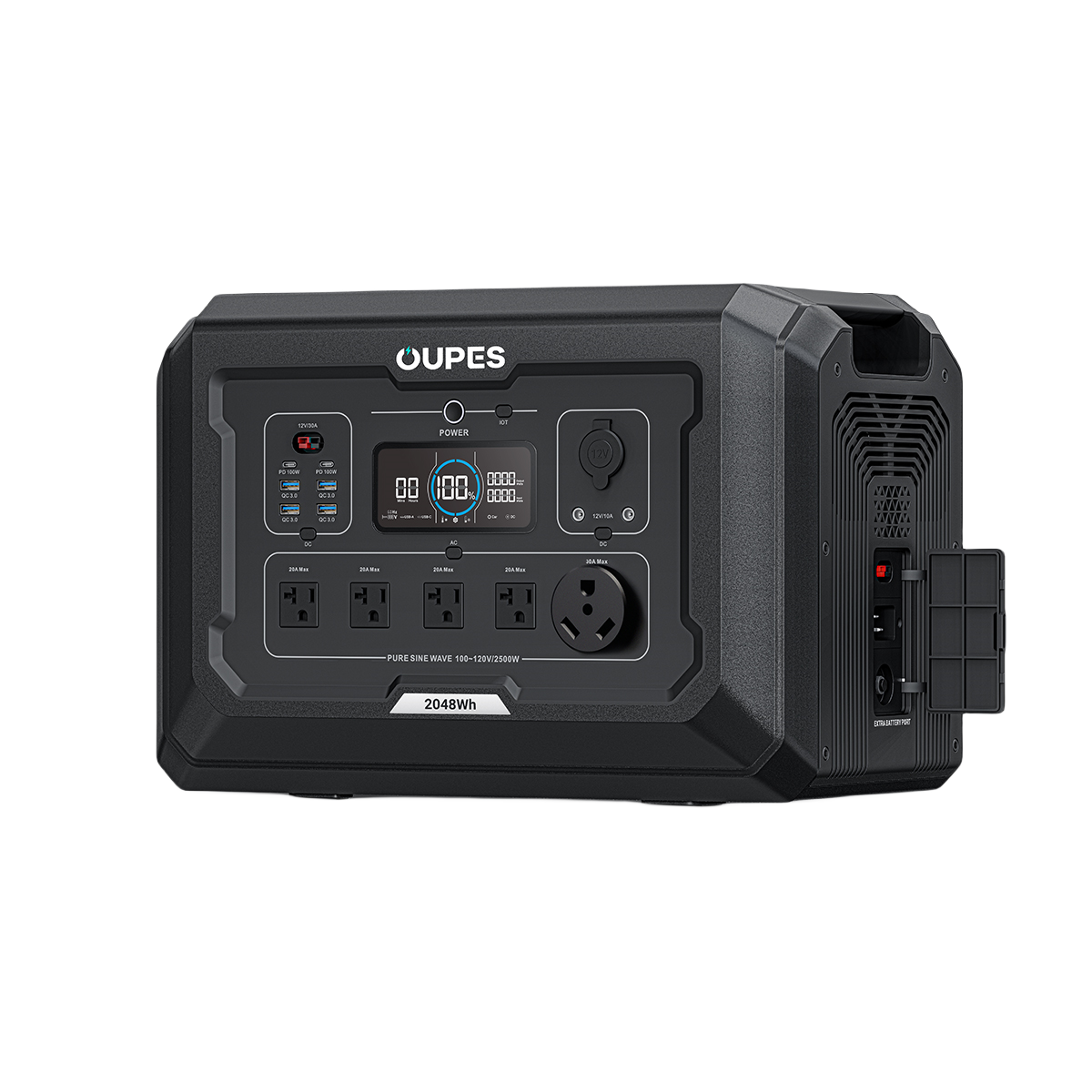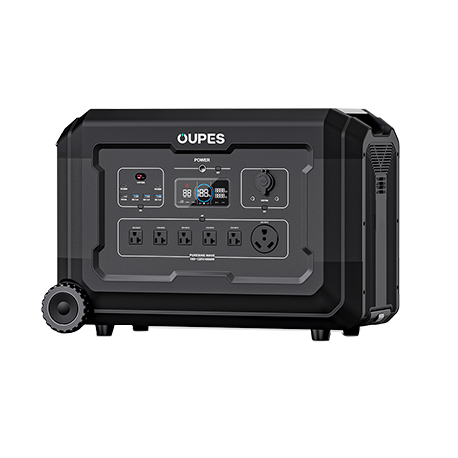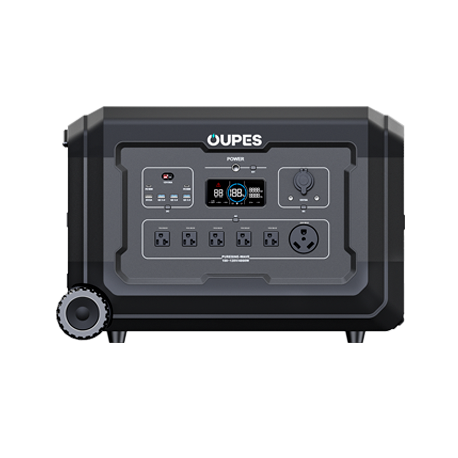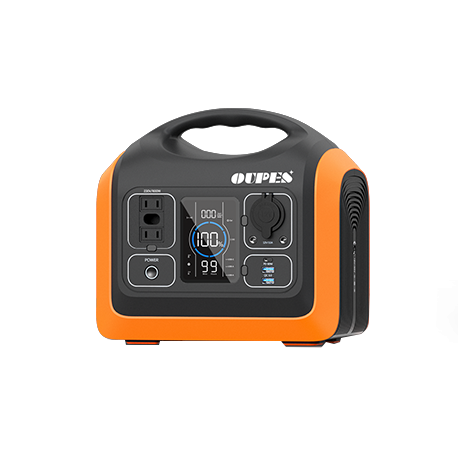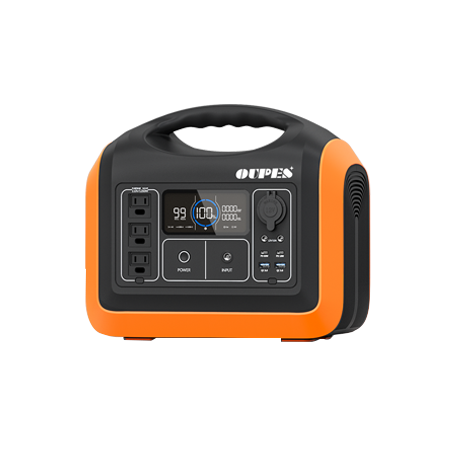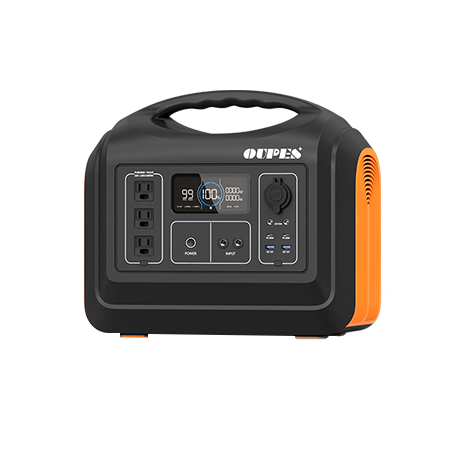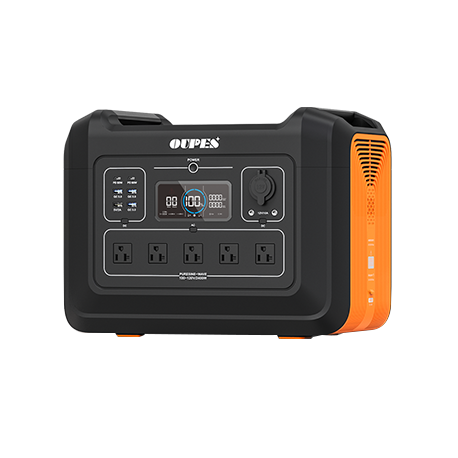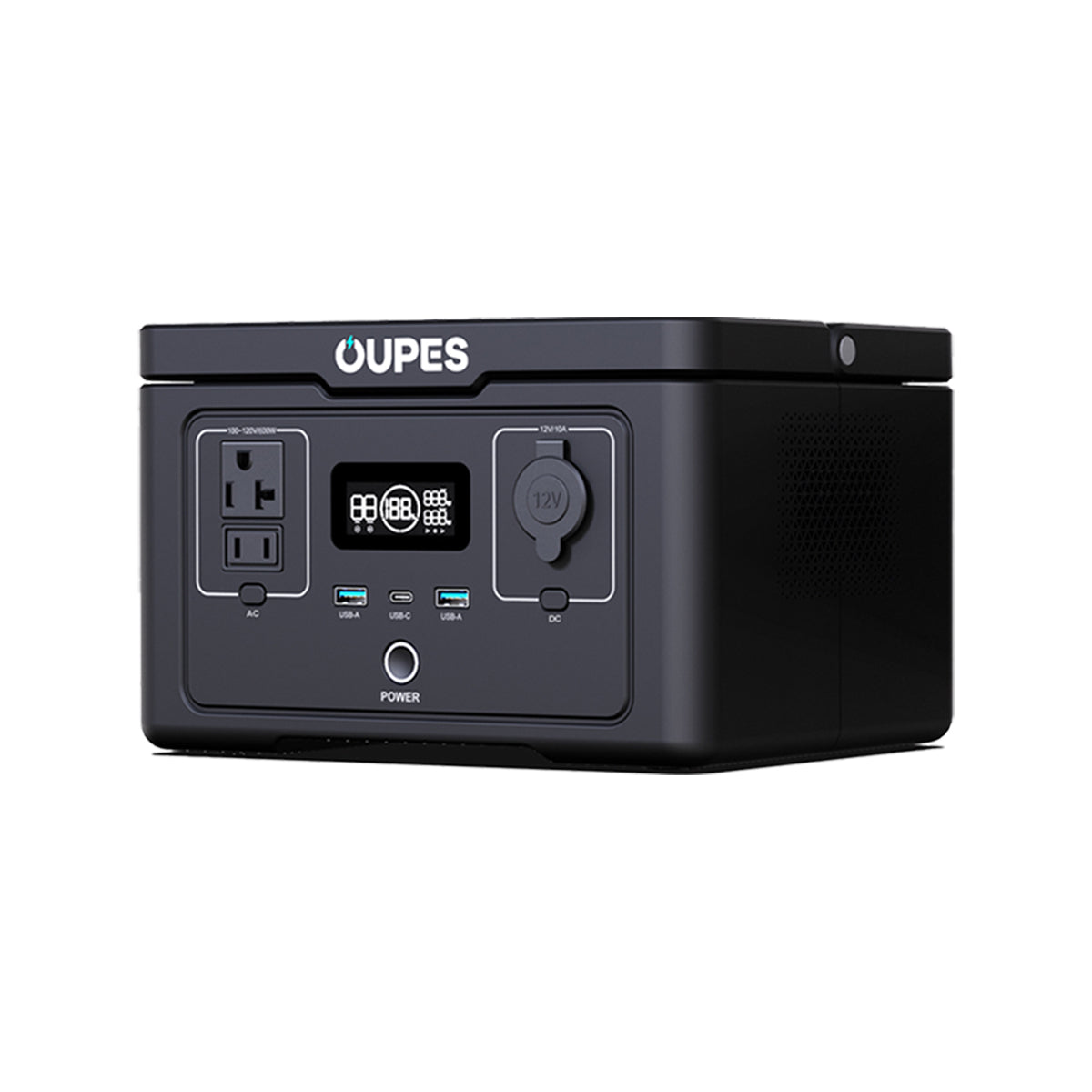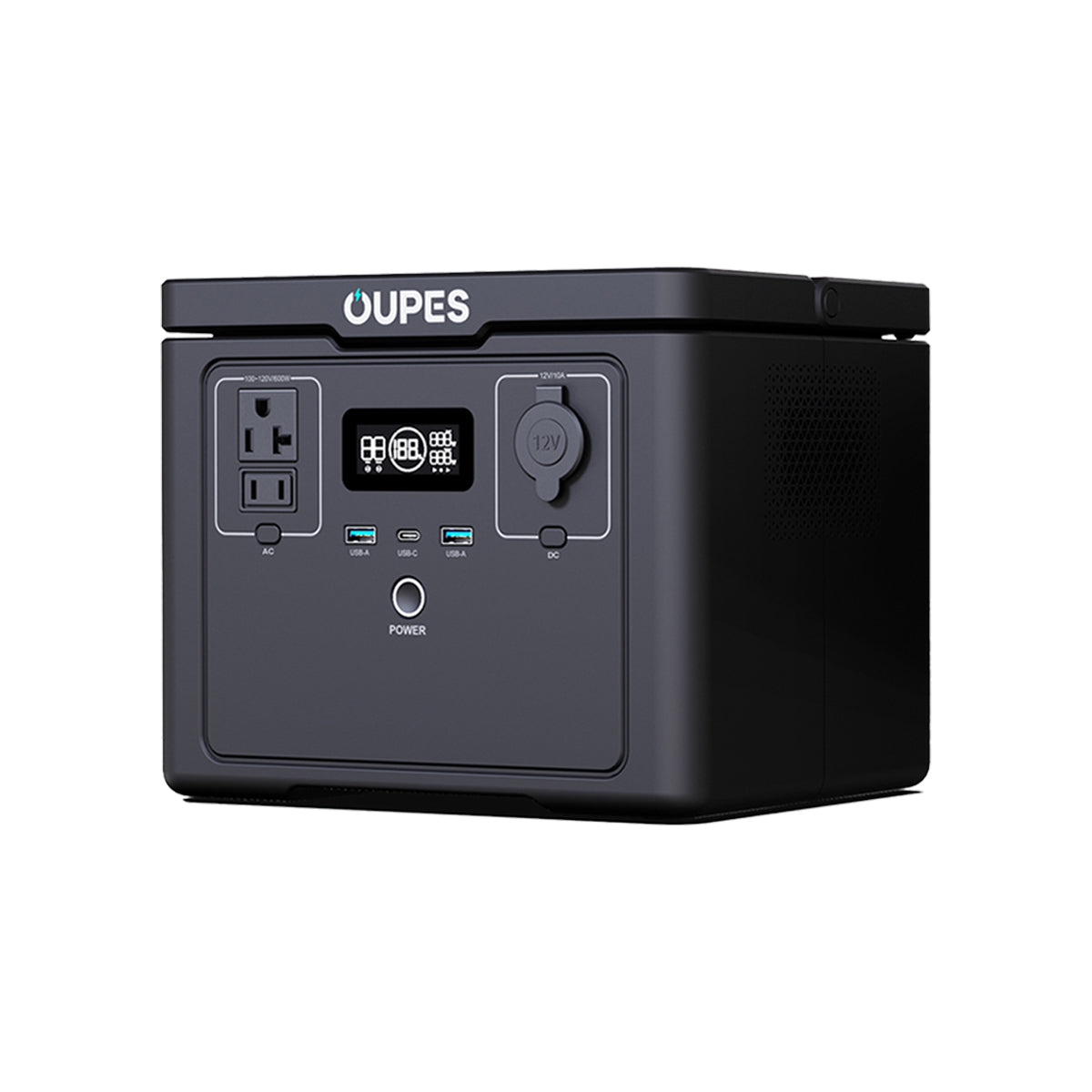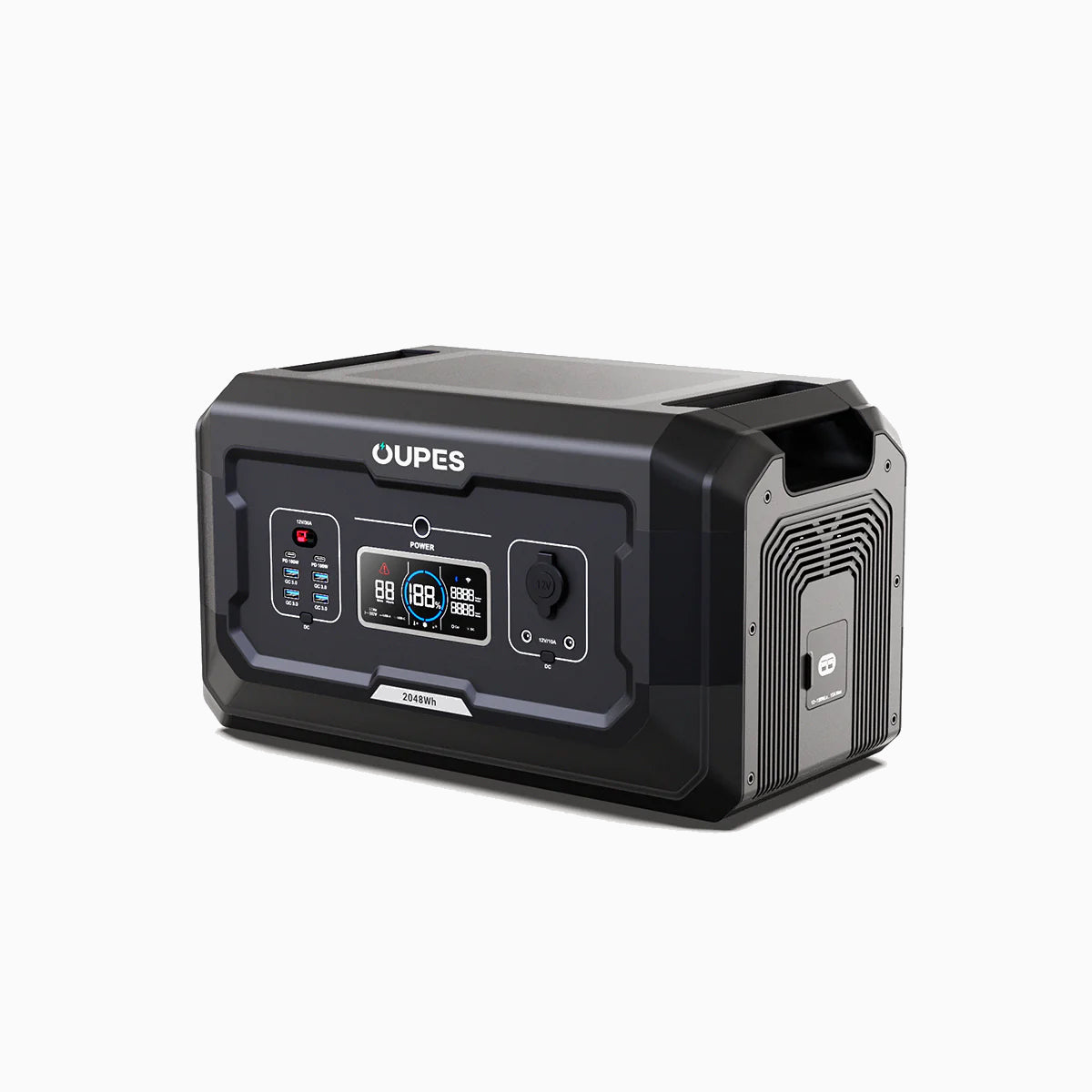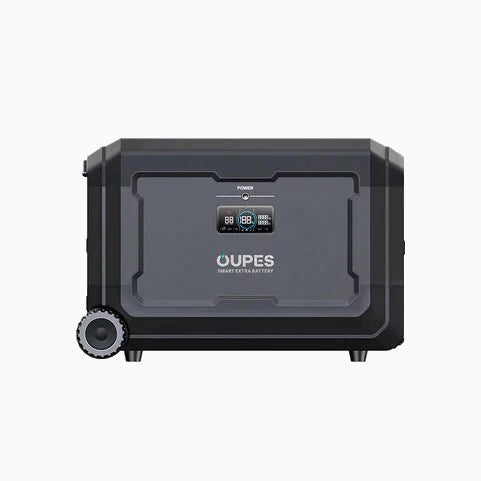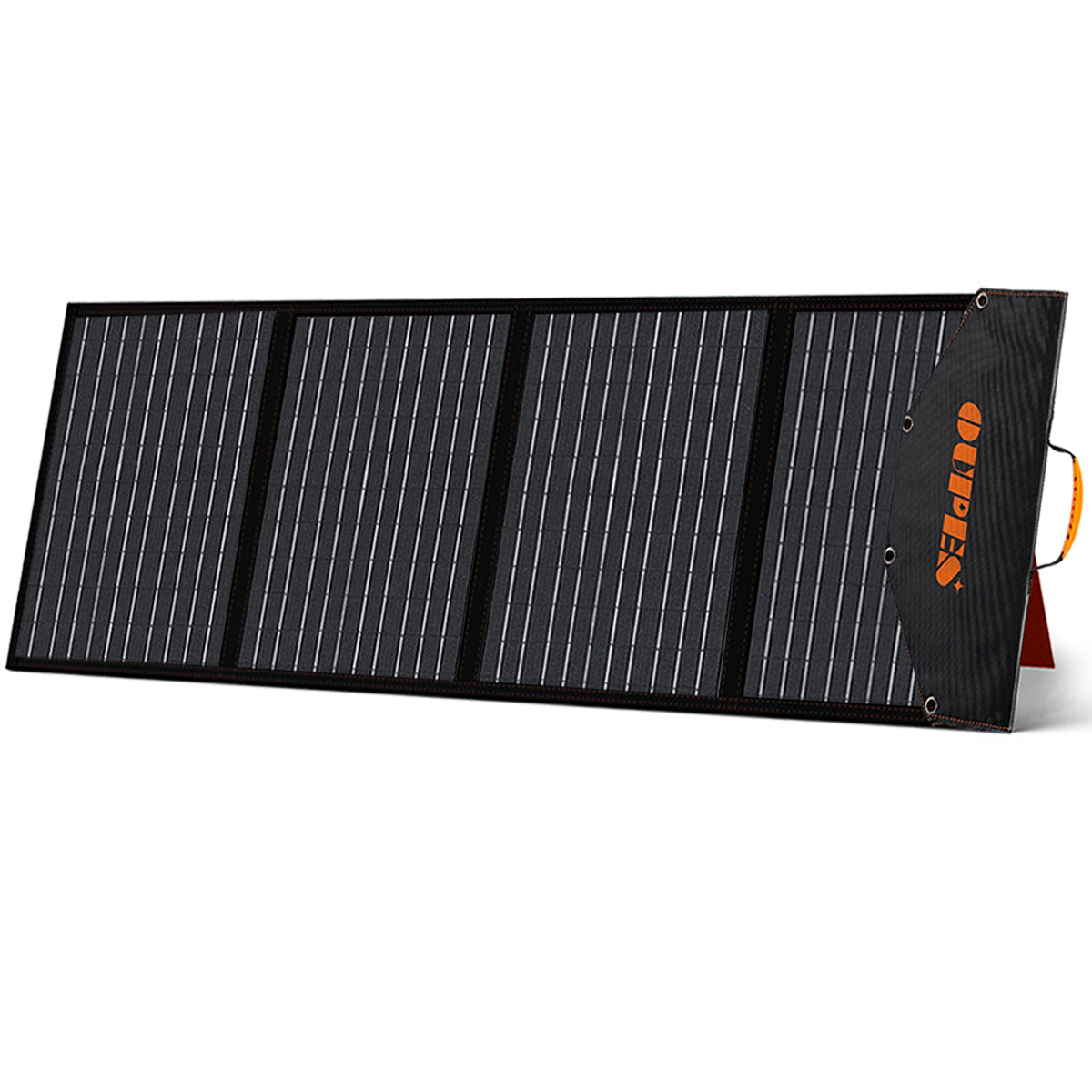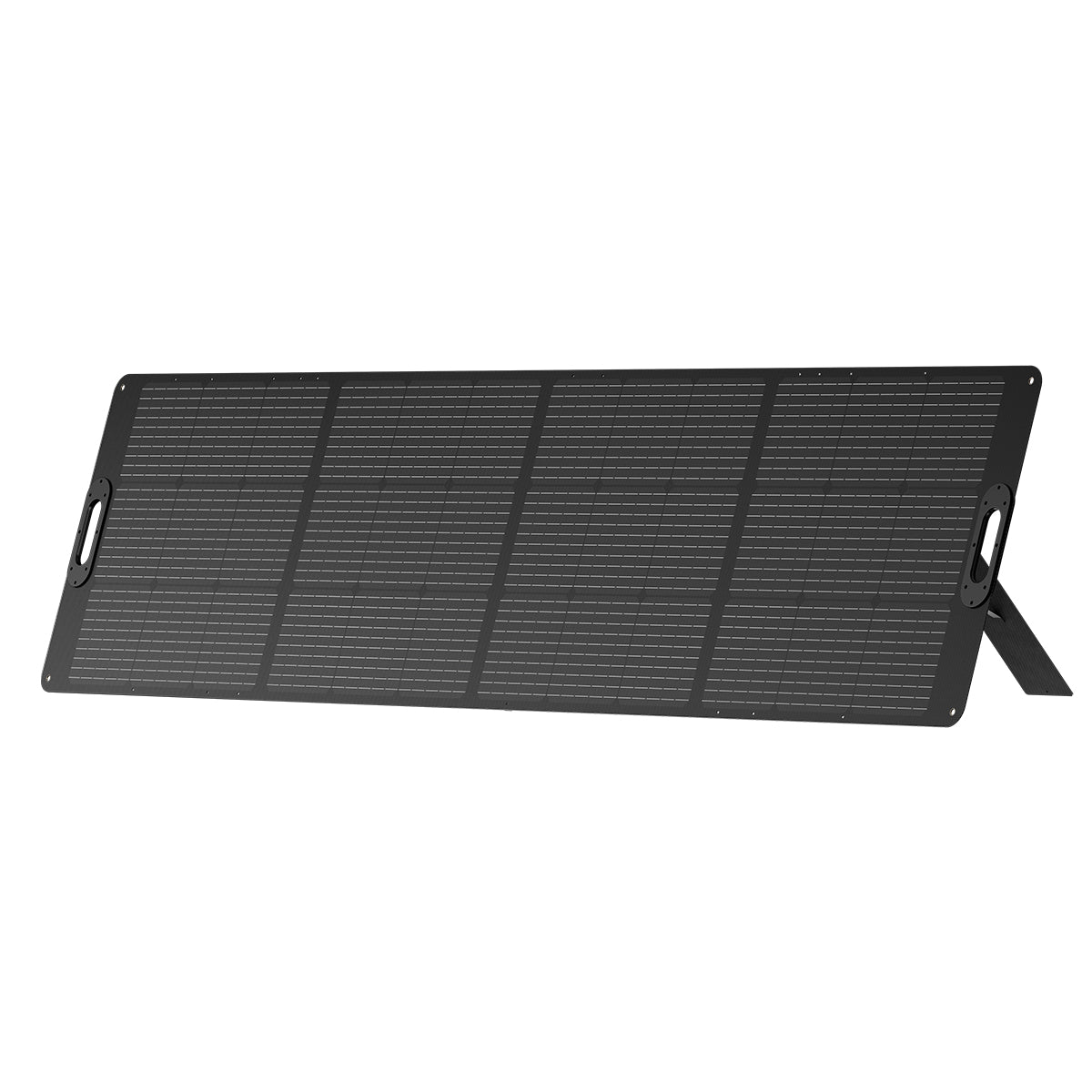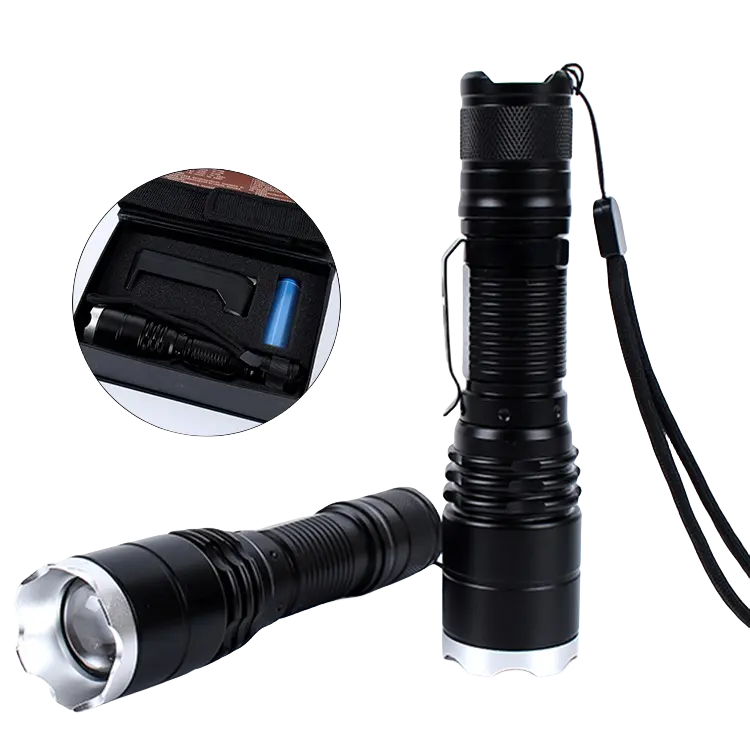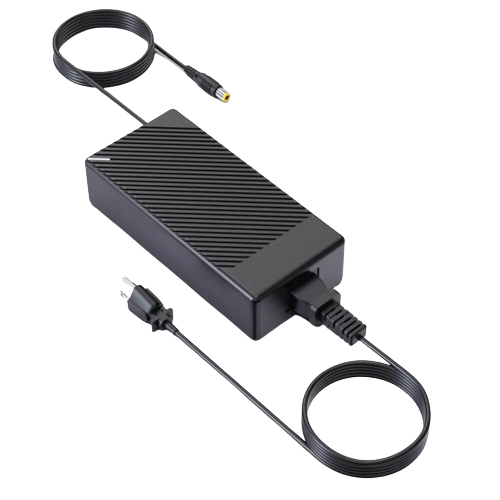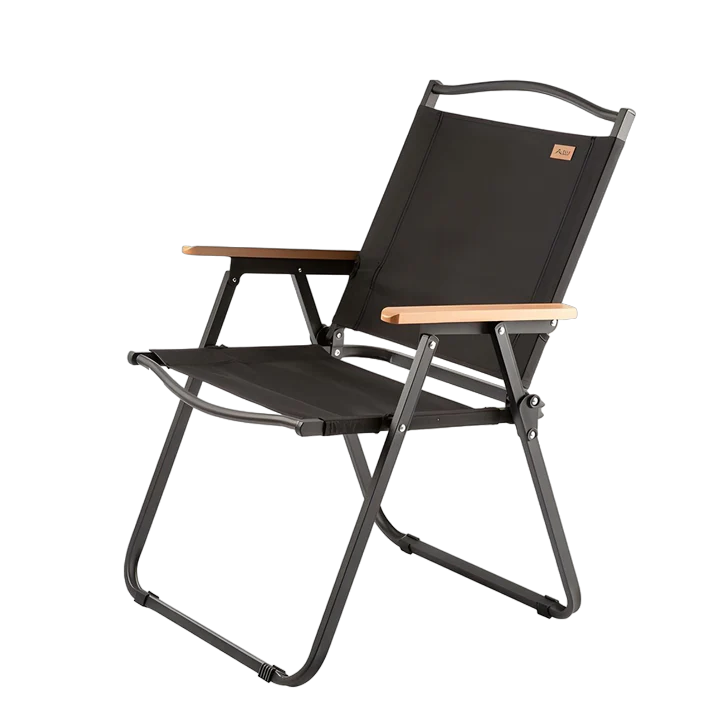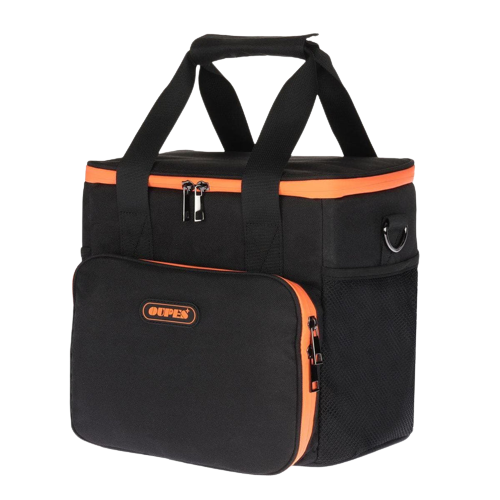Do Solar Panels Work in Winter? What You Need to Know
Amidst the chill of winter, there's a prevalent notion that plummeting temperatures and abbreviated daylight span adversely affect the efficacy of solar panels.
This, however, is a fallacy.
Even through the gloomy, frost-laden months, photovoltaic (PV) systems persist in capturing solar luminescence, transmuting it into electric power.
It's the luminosity, not the thermal energy, that solar collectors harness to electrify your domicile.
Notwithstanding the brevity of sunlit hours in winter, solar collectors are adept at seizing whatever solar illumination is present, transforming it into a functional electric current.
Peruse further to comprehend how wintry conditions influence electric generation from photovoltaic arrays — And the methods to enhance your solar panel and system equilibrium amidst frost and snowfall.
The Link Between Solar Panels and Temperature
For those embarking on the journey of solar energy exploration, it might come as an unexpected revelation that photovoltaic (PV) apparatuses such as solar panels exhibit enhanced performance in temperate climates rather than in sweltering conditions.
The quintessential temperature for the peak operation of solar panels is pegged at 25°C (77°F). This specific thermal point is utilized by manufacturers as a benchmark to delineate solar panel attributes in a controlled environment, adhering to Standard Test Conditions.
In the realm of solar panel efficacy evaluation, the ambient temperature in these test laboratories is consistently maintained at 25°C (77°F). The proficiency of photovoltaic modules experiences a decrement with the escalation of solar cell temperatures beyond the 30°C threshold.
Taking the OUPES 100W Portable Solar Panel as an example, it is designed to endure a wide range of temperatures, from a frosty -20°C to a scorching 85°C (-4°F to 185°F), ensuring reliable performance in diverse environments.
Beyond its colloquial usage, the term “efficiency” in the context of PV modules denotes a precise indicator. It quantifies the proportion of direct solar radiance that a solar panel is capable of apprehending and transmuting into direct current (DC) electricity, specifically under the aforementioned Standard Test Conditions.
When deliberating over the acquisition of solar panels, efficiency emerges as a pivotal element. It directly influences the expanse of area requisite for installation and the aggregate number of modules necessary to satiate your electrical power requisites.
In a scenario where other variables remain constant, a solar panel with diminished efficiency necessitates an expanded area to generate an equivalent quantum of electricity.
For those grappling with spatial constraints for installation, the implications of lower solar panel efficiency become starkly evident. It affects both the required area exposed to direct sunlight for installation and the number of solar panels needed to achieve your electricity production goals.
Factoring in efficiency is paramount in the decision-making process of purchasing solar panels. Panels with lower efficiency, such as polycrystalline and thin-film variants, may be more economical than their monocrystalline silicon counterparts, but they demand more space and potentially a greater number of panels.
The most critical determinant in calculating solar panel efficiency is solar irradiation, invariably assumed to be 1000 Watts per square meter (m²). In real-world scenarios, this level of solar irradiation is most commonly attained during the early afternoon, in the zenith of sunlight hours.
How Does Heat Impact Solar Panel Efficiency

In a somewhat paradoxical twist, the efficacy of solar panels wanes under the sweltering embrace of extreme heat.
Harnessing the photovoltaic phenomenon, these panels transmute solar photons (not thermal energy) into electrical power. When temperatures soar beyond 25°C (77°F), a metamorphosis occurs in the semiconductor properties within the panel. This leads to a nominal uptick in current, overshadowed by a more pronounced plummet in voltage.
Particularly in arid zones like deserts, where unobstructed solar rays are abundant, photovoltaic modules necessitate cooling apparatuses for optimal performance.
It's crucial to distinguish that it's not the surrounding air's warmth that hinders the efficiency of solar panels, but rather the escalated temperature of the solar cells themselves.
Even though scorching temperatures do erode the efficiency of solar panels, it remains pivotal to acknowledge that an increase in peak sunlight hours at your locale equates to augmented electricity generation from your domestic solar power system. Research indicates that the efficiency of commercial solar panels only starts to falter when external temperatures hit a zenith of 43°C (109.4°F).
With the advent of more frequent extreme weather phenomena and a global uptick in temperatures, these considerations become increasingly significant.
Nonetheless, for residents in the United States, the likelihood of ambient heat drastically impairing your home solar panel array's performance remains relatively low.
How Does Cold Impact PV Module Efficiency

Frigid climes, when accompanied by abundant solar radiance, are surprisingly conducive to the efficacy of photovoltaic modules.
Notwithstanding, solar apparatuses can suffer a decrement in functionality under the duress of severe frost – particularly when the mercury plummets to -40°F (-40°C) or lower for protracted spans.
Albeit, the quantum of electricity harnessed in the winter months typically dwindles, not as a consequence of the chill per se, but owing to the diminution in the duration of optimal solar illumination.
During the wintry season, despite an uptick in the efficiency of solar panels due to the cold, the diurnal span available for these modules to ensnare sunlight is curtailed.
Let us delve into the influence of wintry weather on the generation of electricity – focusing not on the enhanced efficiency of solar panels, where a beneficial impact is more probable, but on the overall energy production.
Do Solar Panels Work in Winter?
Photovoltaic (PV) apparatuses are operational under myriad circumstances where solar emanations reach their light-absorbing surfaces.
On days shrouded in dense cloud cover, the generation of electric power experiences a decrement, yet these panels maintain their ability to produce electrical energy in the presence of diffuse — rather than direct — solar illumination.
Provided these panels remain free from obstruction, they persist in electricity generation, even amidst meteorological conditions that impede the direct interception of solar rays.
Do Solar Panels Produce Less Energy During Winter Months?
Indeed, residing in a locale perpetually basked in warmth, such as Arizona or California, does not preclude the diminution of solar zenith hours in the winter season.
In the Northern Hemisphere, the interval preceding the Winter Solstice — proximate to December 21st — witnesses a gradual contraction of daylight. After this juncture, the diurnal span incrementally elongates until the Summer Solstice, around June 21st, heralding the commencement of another cyclical pattern.
Inhabitants of territories where solar zenith hours are scant, even in the summertime, will discern a more pronounced deficit in electrical generation during the winter months.
Take, for instance, Ithaca, NY, which, on an average scale, basks in some of the most limited solar zenith hours across the United States.
During the summer months, Ithaca enjoys an average of 4.57 hours of prime solar illumination per day, a figure that plummets to 2.29 hours in the winter — a halving of its capacity.
This does not imply that an Ithaca homeowner's solar yield will be halved in the winter compared to summer. However, the output from their solar array is bound to suffer a substantial diminution.
Even in the sun-drenched realms of California, winter weaves its influence. Los Angeles, for example, revels in an average annual diurnal zenith of 14 hours and 15 minutes. In the winter, the briefest day dwindles to roughly 9 and a half hours — a reduction of about one-third. LA's average of daily prime solar hours stands at approximately 5.6.
In Tucson, AZ, where the longest day stretches to 14 hours and the shortest approximates 10, ample solar zenith hours remain to energize a domicile. Here, the average is 7.5 hours daily in summer, diminishing to 6 in winter.
Conversely, in the snow-clad environs of Ithaca, the already meager solar zenith hours are further bisected.
Irrespective of your state of residence, the solar power apparatus will yield less electrical energy per diem during the winter, not due to frigidity, but owing to the paucity of luminosity.
Do Solar Panels Work in Cold Weather?
Photovoltaic modules exhibit enhanced performance in temperate or slightly frosty conditions compared to sweltering climates.
Silicon-based photovoltaic arrays, be they monocrystalline or polycrystalline, seldom suffer efficiency diminution due to chill, unless mercury plunges beneath -40°F (-40°C).
Within the United States, such frigid nadirs are improbable — a rarity for protracted spans. Numerous locales remain unacquainted with such frosty extremes in their historical climatic annals.
Even in Alaska, the winter mercury oscillates between 0°F and -30°F (-18°C to -35°C).
To encapsulate, the prevalent belief that photovoltaic panels falter in nippy weather is a fallacy. Contrarily, their efficacy is more impervious to biting cold than to scorching heat.
Nonetheless, apart from the diminution of peak sunlight hours, another element can detrimentally impact electrical generation in the winter season.
That element is snow.
Do Solar Panels Work in Snow?

Solar modules transmute solar photons into electrical energy. Any obstruction that impedes the photons' journey to the solar cells, nestled beneath a robust shield of tempered glass, can significantly diminish or entirely cease the production of electricity.
The accumulation of snow on the photovoltaic (PV) panels' exterior can create such an occlusive layer. A mere dusting of snow is unlikely to impact your solar modules, particularly if they are inclined, allowing the snow to naturally descend.
Conversely, in the aftermath of a substantial snowstorm, it may become necessary to disencumber your solar array of snow, either personally or by engaging a specialist.
Should you opt to undertake this task, eschew the use of scrapers or high-pressure washers. Preferably, employ a tool designed for this purpose, such as a foam-tipped snow broom or a domestic broom with gentle bristles. Such tools enable you to cleanse the surface of the panels without inflicting harm.
Additionally, it's pertinent to recognize that snow, akin to rain, hail, or any form of natural precipitation, originates from clouds. Even under overcast conditions, solar panels persist in generating electricity, albeit at a reduced capacity.
What Are the Benefits of Using Solar Panels During Winter?

Residing in a frigid climate zone doesn't diminish the advantages of harnessing solar energy during the winter months.
When considering ecological variables such as zenith sun hours, the advantages of transitioning to solar energy are consistent across regions, whether they endure icy winters or bask in perennial warmth.
If you are new to solar energy, the OUPES solar panel is a smart choice. The OUPES 240W Portable Solar Panel is designed for efficiency and convenience, with an efficiency range of 20%-22% making this panel one of the best in solar energy conversion columns, it can withstand a wide range of temperatures from -20°C to 85°C (-4°F to 185°F), ensuring consistent performance under varying environmental conditions. Provide you with a stable energy supply even in cold winter.
Clean, Renewable Energy
Harnessing solar energy for home use is not just economically savvy but also eco-friendly. This shift from traditional energy to renewables is key to preserving our planet.
In the United States, the genesis of electric power stands as a predominant contributor to greenhouse gas emissions, surpassed only by the vehicular sector. These emissions are pivotal in accelerating climatic alterations, impacting terrestrial temperatures and the integrity of natural habitats.
Harnessing solar energy, a perpetual and uncontaminated source is instrumental in diminishing your ecological imprint. Photovoltaic modules transmute solar rays into electric current, devoid of noxious discharges, thereby diminishing dependence on fossil fuels and abating domestic carbon emanations.
The economic advantages of solar energy are conspicuous. Notwithstanding the initial expenditure for photovoltaic panels, the ensuing monetary conservation is substantial. This technology enables you to curtail or even nullify electric expenditures and potentially monetize surplus energy through sales back to the power grid. Numerous administrations proffer incentives to foster the adoption of solar energy, augmenting its fiscal allure.
Photovoltaic systems boast durability and necessitate minimal upkeep, positioning them as a judicious selection for enduring energy requisites. With the progression of technology, the efficacy of solar panels is on an upward trajectory, enhancing their appeal to property owners.
In essence, the domestic utilization of solar energy is a formidable weapon against climatic disruption and proffers pecuniary rewards, signifying an essential stride towards a sustainable and environmentally benign future.
Less Reliance on Grid Power
The inexorable progression of climatic metamorphosis not only imperils the future of our terrestrial sphere but also begets capricious thermal oscillations and amplifies atmospheric disturbances with disquieting frequency.
Within the United States, a tempest of ecological disasters – encompassing conflagrations, blizzards, and tempests, alongside spells of blistering fervor and biting frost – assails the nation with recurring regularity, imposing heretofore unseen strains on the archaic electrical infrastructure.
Reflect upon the extended electricity void in Texas during 2021, a somber chapter that cast multitudes into lightless despair and was implicated in the cessation of over 700 lives. Such calamities have ceased to be anomalies and are now burgeoning standards.
It is therefore imperative to choose to invest in an autonomous or semi-autonomous solar system or a mobile home power reserve that can provide your home and loved ones with a bulwark against long-term power outages.
OUPES Solar Generators kit is your excellent choice, they are suitable for more than 95% of household appliances, which means that even during power outages, they can power refrigerators, microwaves, etc., making them a very reliable off-grid power source at home or outdoors.
Diminishing reliance on conventional power networks stands as a paramount strategy for attaining energetic sovereignty and fortification.
Lower Electricity Bills
Embracing solar energy not only curtails or completely obliterates your electricity expenditures but also heralds a new era of financial prudence.
Despite the rigors of inclement winter climes, solar modules demonstrate remarkable longevity, frequently surpassing three decades of service.
For a typical American household, the financial recuperation from investing in a photovoltaic (PV) panel ensemble and its accompanying infrastructure usually occurs within a 6 to 10-year window.
In the grand tapestry of time, the fiscal dividends reaped from transitioning to solar energy are indeed profound.
In the realm of economics, the adage holds: that capital conserved is capital accrued.
Opting for renewable energy sources liberates you from the capricious nature of escalating fossil fuel prices and the detrimental impacts of market supply and demand dynamics.
In the solar energy paradigm, the quandary of demand outstripping supply is a non-issue.
Tips for Preparing Your Solar Panels for Winter

Exemplary, wall-mountable solar panels boast remarkable resilience, withstanding decades of inclement meteorological phenomena.
Securing IP-68-certified photovoltaic modules from a distinguished fabricator ensures your constellation necessitates negligible, if any, upkeep, irrespective of climatic cycles.
Nonetheless, it behooves one to consider several nuances and undertake elementary measures to amplify efficacy.
Delve deeper for additional insights.
Keep Solar Panels Clear of Snow
Initiate a diligent removal of any snow accumulation atop your photovoltaic modules. The presence of snow on these panels significantly impedes their solar capture capabilities. Should a snow blanket envelop your modules, it's imperative to gently brush them off, thereby not only clearing them but also enhancing their efficacy through this cleaning process.
Eschew the employment of high-pressure water jets, glycol-based deicing solutions, abrasive tools, or harsh chemical cleansers on your photovoltaic systems. Such methods can inflict harm upon the panels' safeguarding layer, curtailing both their durability and functional efficiency.
If Not Fixed, Adjust the Angle
In the United States, orienting your solar panel array towards the south, if feasible, is paramount for optimal absorption of solar rays.
Numerous photovoltaic (PV) panels possess the capability to modify their inclination even after being affixed to your rooftop. Should your solar panels be modifiable, it's advisable to adjust their tilt as the winter solstice nears to enhance light interception.
A facile and efficacious strategy to ascertain the most advantageous angle for your solar panels seasonally is to search for your locale’s latitude or postal code online. Generally, the optimal angle for your solar panels mirrors or approximates your latitude. During the winter months, the ideal angle is your latitude augmented by 15 degrees. Conversely, in the summertime, it's advisable to decrease this angle by 15 degrees.
Moreover, for residents in regions plagued by copious snowfall, it's prudent to contemplate angle modification to expedite snow's descent from the panel sans manual effort.
Elevated tilt angles expedite snow's departure from systems, diminishing the likelihood of harm. The more acute the angle, the more efficient the snow expulsion (up to a 60-degree zenith).
Notable improvements are observed at tilt angles around 30–35 degrees, a stark contrast to the typical roof inclination. The more precipitous the module tilt angle, the lesser the snow burden imposed on the module.
Nonetheless, an excessively steep tilt may heighten the solar panels' vulnerability to wind-induced damage. It's essential to find an equilibrium.
Maintain and Insulate Solar and Backup Batteries
In the realm of autonomous solar energy systems for domiciles, particularly those that are disconnected from the grid or amalgamated (grid-tied plus energy storage), the incorporation of solar cells is imperative.
The specific chemical composition of your solar cell dictates the necessity for periodic upkeep and safeguards against excessive frigidity.
Cells of the lead-acid variety necessitate consistent attention to ensure operational efficacy and to extend their inherently finite duration of service.
Moreover, these lead-acid cells thrive within a constrained thermal spectrum. To optimize their durability and functionality, it is advisable to maintain lead-acid cells within a thermal bracket of 68°F (20°C) to 77°F (25°C).
Conventional lead-acid and valve-regulated lead-acid (VRLA) cells, encompassing AGM and Gel types, do possess the capacity to charge and discharge beyond this thermal range. Nonetheless, subjecting a lead-acid cell to temperatures exceeding 15°F above the optimal can result in a halving of its service life.
For those who operate automobiles along the Eastern Seaboard, the detrimental impact of frigid conditions on lead-acid cells is a well-known predicament. In temperatures plunging below zero Celsius, these cells exhibit a sluggish charging rate and diminished power discharge. Cells that are not fully charged can solidify at -16°F (-27°C), and numerous manufacturers advocate for abstaining from their use when the mercury dips to -32°F (-35°C).
Conversely, the chemical composition of lithium-ion cells, along with their contemporary variants like lithium iron phosphate (LiFePO4), exhibits greater resilience in colder climates.
Take the OUPES Mega 5, for example, which is one of the most advanced solar generators available. Its optimal operating temperature range is 30°F to 104°F (0°C to 40°C). Mega 5 supports the expansion of capacity to 10.08kWh by connecting an expansion battery.
Mega 5 uses an EV-grade LiFePO4 battery, which can be used for 3500+ cycles at 80% depth of discharge. This configuration is sufficient to power almost any home, regardless of the season.
Frequently Asked Questions
How Cold Is Too Cold for Solar Panels?
Contravening prevalent assumptions, photovoltaic (PV) panels exhibit augmented efficacy in brisk climes as opposed to sweltering zeniths. These modules harness photons through the photovoltaic phenomenon to engender direct current (DC) electricity.
Efficiencies wane when ambient temperatures surpass 25°C (77°F). Remarkably, these panels maintain their operational integrity even at chilling nadirs of -40°F (-40°C), with no discernible detriment to their performance.
Are Solar Panels Worth It in the Winter?
A prevalent misapprehension persists that solar collectors falter in frigid conditions. Contrarily, these devices thrive under cooler climates, particularly when mercury levels linger below 30°C (86°F). Yet, the generation of electricity does wane in the winter months, not as a consequence of the chill, but due to diminished solar irradiance.
In certain regions of North America, the duration of peak sunlight dwindles to less than half during winter solstices compared to the summertime zeniths. Nonetheless, the advantages of harnessing renewable energy through an aptly assembled solar panel system remain substantial and beneficial throughout the year.
Consider Going Solar This Winter

The epoch for embracing the virtues of pristine, sustainable solar power for your domicile's electrical requisites has never been more opportune.
Owing to a surge in consumer interest, a burgeoning competitive landscape, and technological advancements, not to mention the bountiful fiscal incentives offered by authorities, the initial outlay for solar modules and their accompanying systems has reached unprecedented affordability.
Irrespective of your abode's geographical location, be it a region that endures the chill of winter or revels in perpetual warmth, the juncture for transitioning to solar energy is now.
This shift promises not only a boon for your fiscal reserves but also a benevolent gesture upon our globe.
For those in pursuit of solar panels that epitomize peak efficiency and enduring robustness, destined to serve for generations, and seeking the finest components for system equilibrium, your quest concludes here.

